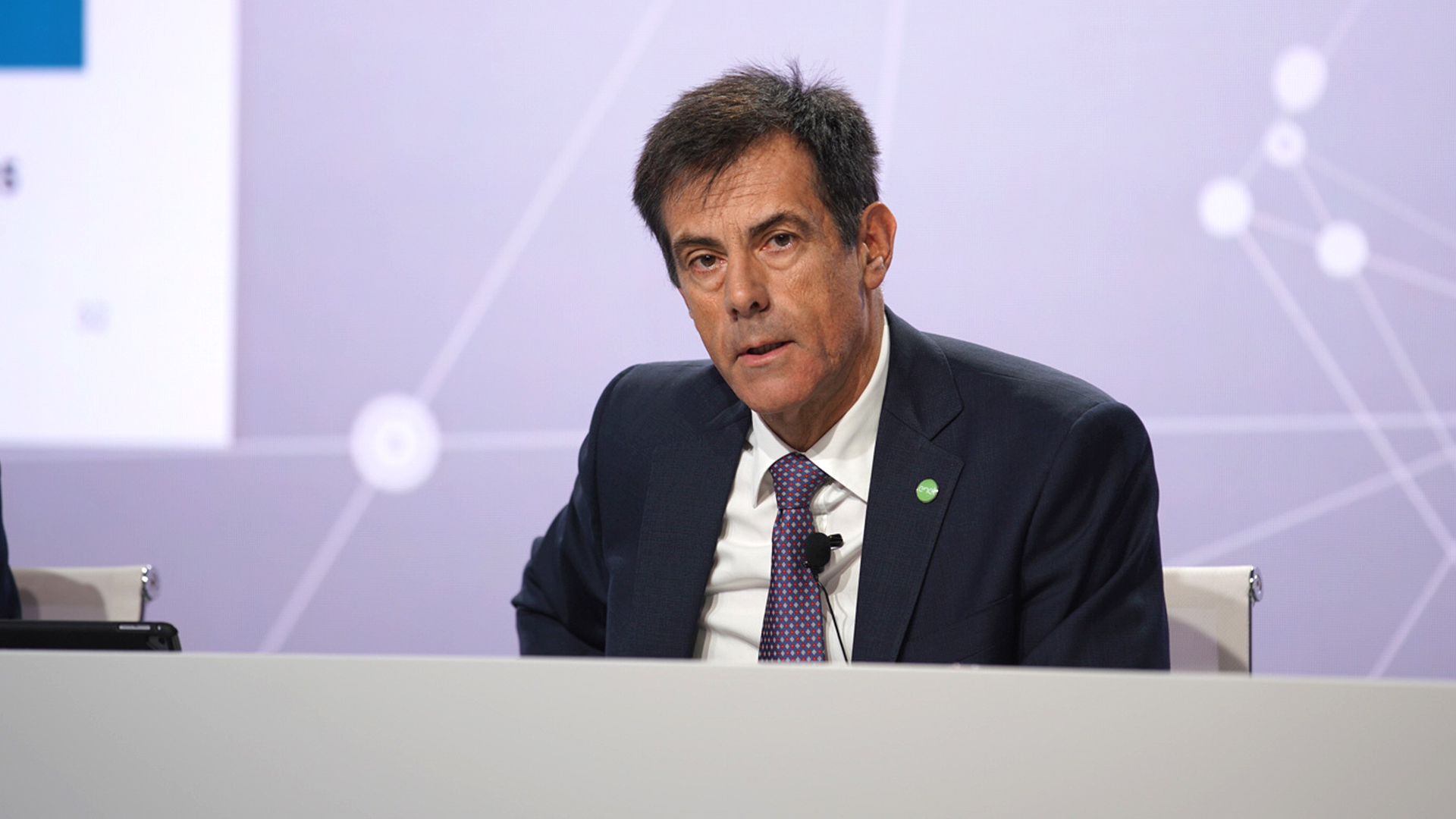A Sustainable Strategy for Growth, Profitability and Energy Independence
The world is flirting with fossil fuels again as the energy crisis tightens its grip. One leading utility believes that companies have a duty to double down on energy transition efforts—and it is leading by example.
A partial retreat from renewable energy back toward coal-fired electricity generation is among the ripple effects of the war in Ukraine, as nations scramble to achieve energy security. In the first half of 2022, China approved 15 GW of new coal-fired power capacity and 30 million metric tons of coal-based iron-making capacity, and countries across Europe and beyond moved to extend the lives of coal-fired energy plants.
So far, the impact has not been grave. In fact, global electricity sector emissions may decline slightly in 2022 and 2023, partly due to the curb on demand caused by the economic slowdown.
However, the ease with which parts of the world have turned back to fossil fuels is a warning that progress to sustainability is not guaranteed.
The International Energy Agency released data at November’s COP27 climate summit in Egypt showing that the 193 countries that signed the Paris Agreement are collectively aiming to reach 5.4 TW of installed renewable power capacity by 2030. To achieve net zero by 2050, renewable power capacity by 2030 would have to be double this amount.
A sustainable pioneer
Italian utility giant Enel Group addressed this challenge directly during its 2022 Capital Markets Day, on Nov. 22. The group released its strategic plan for 2023–25, which has the pursuit of sustainable electrification at its core.
“Sustainability, which is fully embedded into our decisions, continues to be at the foundation of our strategy—also leveraging on the acceleration of electrification across economies,” explained CEO Francesco Starace at Enel’s Capital Markets Day. “These results will be achievable thanks to the highly skilled and motivated colleagues at Enel Group and the digital platform organizational structure we have set up for the group.”

Enel boasts a track record of leadership in decarbonization, and since 2015 it has shaped its entire strategy around sustainability. Its trademarked ENEL STAKECAP©™ model is backed up by a set of indicators that measure the company’s value creation for all its stakeholders.
Accelerating transition
“The current challenging geopolitical and economic scenario has underscored the need to further accelerate toward a sustainable energy transition, while supporting countries’ energy independence,” said Alberto De Paoli, Enel’s CFO.
Over the next three years, Enel plans to invest around €37 billion ($39 billion), mostly in renewables and electrical grids to support its commercial strategy and enable the clean energy transition. By 2025, it expects to have added around 21 GW of installed renewable capacity, bringing its total to 75 GW.
The group’s updated decarbonization strategy reaffirms its commitment to zero emissions by 2040. It is driven by Enel’s 1.5°C-compliant goals, which are expected to be validated by the Science-Based Targets initiative.

Affordable, carbon-free fuel
If its strategy delivers, Enel’s position as a leader in the energy transition will also benefit its customers and the group’s growth and profitability.
As winter sets in, consumers and governments are nervous about the impact of soaring energy prices and looming shortages. Since the start of the energy crisis in September 2021, European countries have earmarked €674 billion ($712 billion) to support customers; Germany has committed €264 billion ($278 billion).
A priority of Enel’s strategy is to balance customer demand and supply to optimize the group’s risk/return profile. In the six countries it has identified as its core focus—Italy, Spain, the US, Brazil, Chile and Colombia—by 2025 it plans to sell around 80% of electricity volume under fixed-price contracts. Roughly 90% of these contracts are expected to be fulfilled using electricity generated from GHG-free sources.
In this way, the group says, it will offer sustainable energy to customers at affordable prices. At the same time, it will accelerate the rollout of value-added services and next-generation infrastructure, including electric vehicle charging points and behind-the-meter storages.
Aiming for agility
To enable the transition, Enel is strengthening and digitalizing its networks. Its grid strategy focuses mainly on large metropolitan areas. Work is focused on integration of renewables and improving resilience to cope with rising electricity demand and climate-related events.
From the total investment Enel plans to make by 2025, around 85% will be allocated in Italy, Spain and the US.
Financial projections foresee the group’s ordinary EBITDA growing with a CAGR of 4%–6% between 2022 and 2025, while net ordinary income is expected to increase with a CAGR of 10%-13% in the same period.
Achieving these ambitions would vindicate Enel’s bold decision to link sustainability with value, setting its strategic sights on both.
Upon unveiling the plan, Starace declared: “This will increase our resilience to potential future continued turbulence, as well as position our value creation toward further growth—benefiting all our stakeholders and accelerating energy independence in our core countries.”
